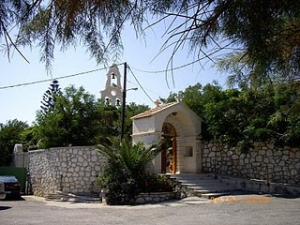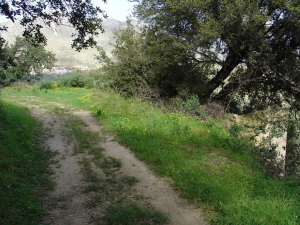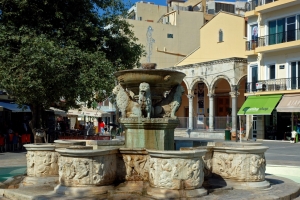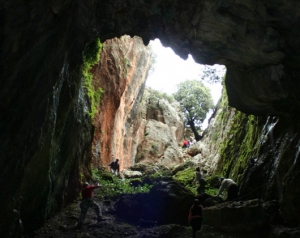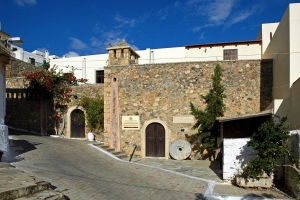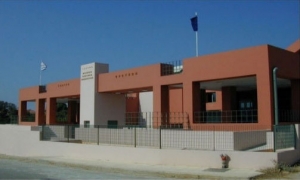The convent of Jesus Christ (Christ the Savior) is built on the hill of Timios Stavros, in the west suburb of Rethymnon called Koumbes. The monastery was probably initially founded during the Venetian period, like several monasteries and temples in the region.
At the south slopes of Kedros Mount, at position Rechtres, and over the village Platanes (Rethymno Prefecture), there is the wild and dangerous gorge of Platanes.
The Museum of Ancient Eleftherna is the first museum inside and archaeological site in Crete, as it is located next to the ancient city of Eleftherna. The three halls of the museum host the whole history of Eleftherna from 3000 BC city to 1300 AD with everyday objects and artworks.
Paschaligo is a small grove located 1.5 km southwest of Neapolis town, on the northern slopes of Mt Kavalaras. The existence of the forest is related to the history of the region, which was named after the Venetian feudal lord Fillipo Pasqualigo, who lived in a tower that was built here.
The fountain of Morozini (known as Lions) is one of the nicest Venetian monuments of Candia (current Heraklion). The fountain was watered by the spring of Karidaki and the watered traveled about 15km in a gigantic aqueduct, one of the longest in the then world.
South of Kroustas we meet the historic cave-pothole Tafos (Tomb) where the rebels of EAM (Greek guerrilla Army during World War II) found shelter during the German Occupation. As usual, the place was revealed by betrayal and the Germans arrested them and executed all of them at this place.
The Menelaos Parlamas Museum of Rural Life & Theano Metaxa-Kanakaki Weaving Collection, housed in a 19th century stone-built olive mill and house, was founded by the Society of Cretan Historical Studies in 1988.





